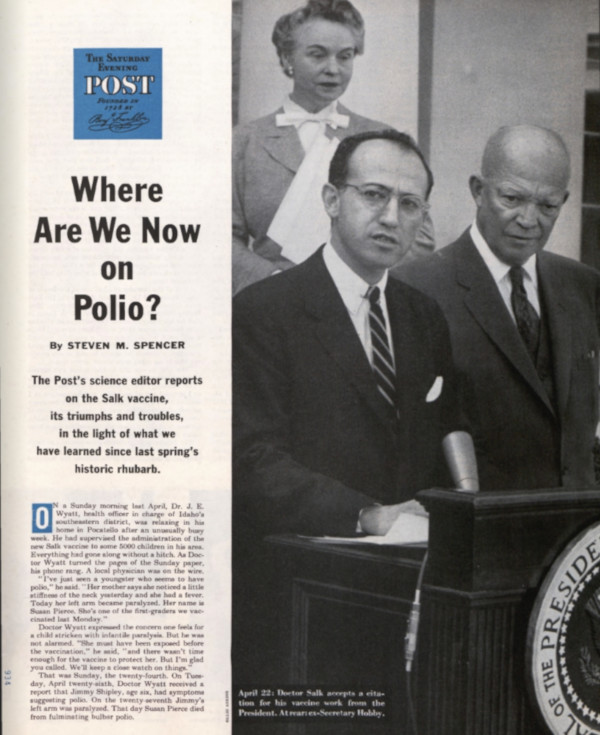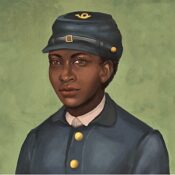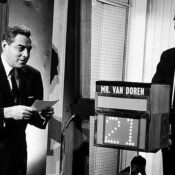Recent measles outbreaks have brought renewed media attention to and public discussion over vaccination. While the scientific community supports vaccination, some parents have rejected vaccinations for their children.
Yet vaccination has been a part of healthcare since the early 1800s, and The Saturday Evening Post has been reporting on them since the inception of the magazine.
The first Post mention of a vaccine was April 27, 1822, where the magazine noted the repeal of the Vaccine Act of 1813, the first federal law over consumer protection and pharmaceuticals. The act encouraged public vaccination against smallpox but was repealed in order to give the power of regulation to the states, where it has remained since.
A year later, in the November 29, 1823, issue, in a line item warned: “Small pox, it is feared, will prove fatal to many persons in Yarborough, N.C. owing to the use of matter not genuine, which had been forwarded to Dr. Ward by Dr. Smith, the United States’ Agent for vaccination.”
Concerns about the smallpox vaccine’s purity, efficacy, and authenticity persisted. People feared the vaccine would produce a “harmful disease” or “other diseases than vaccinia,” or “that compulsory vaccination is a trespass upon the inherent rights of the individual.” The earliest vaccine protesters believed that “the reduction in smallpox mortality in civilized countries to the generally improved sanitary conditions.” They did not associate lower rates of disease with higher vaccination levels as we do today.
Despite concerns, the smallpox vaccination grew widely. In the early 1800s, the vaccination was mandatory for infants in certain states, but deaths still occurred.

On March 1, 1902, an article titled How Vaccination Protects Us Against Small Pox, written by Joseph McFarland M.D., claimed “To the thoughtful individual vaccination is not so much a protection to the individual as to the community.” Due to their ability to prevent smallpox, the doctor believed the vaccine to be the “greatest of all prophylactic measures” and a great aid to American well-being.

As the years passed, protesters of the smallpox vaccine diminished along with the disease it prevented. Americans put their faith in inoculation and spread the process to other countries. When discussing vaccinating infants against smallpox, typhoid, and diphtheria in a May 16, 1936, article titled The New Machine, the magazine claimed “It may seem to many people that it is cruelty or dangerous to subject a little, delicate organism to the onslaught of these vaccines, but it is far more dangerous to let them go without it.”

Then there was the story of polio.
In April of 1955, Dr. Jonas Salk accepted a citation for his vaccine work from President Eisenhower. The new polio vaccine was a beacon of hope in fighting a deadly and terrifying illness. Polio cases in the U.S. fell from 35,000 in 1953 to 5,600 just four years later. In 1955, more than 8 million children had received the vaccine. By 1961, there were only 161 cases.
But the rollout of the vaccine was not without its problems. In the spring of 1955, several children contracted polio a week after receiving the vaccine, and some died. A panel of experts was convened in Washington, where they issued conflicting advice. Some wanted to temporarily halt the program. Others urged that it should move forward. Worried parents didn’t know what to do, and vaccination rates dropped.

Basil O’Connor, the president of the National Foundation for Infantile Paralysis, was eager to see the program continue. He had seen too many children paralyzed or killed by the disease. At the hearing in Washington, he pointed out, “Since the scientific method was established, every important advance in science has met with the twin obstacles —ignorance and envy.”
But no one intended to do away with the polio vaccine. Research efforts continued, and a safer version the vaccine was developed in 1961. Polio was completely eliminated in the U.S. in 1979.

Throughout the century the vaccine saved thousands of lives and prevented countless outbreaks. By 1964 scientists were even wondering if they could vaccinate against cancer.
So why do concerns about vaccinations persist?
After the eradication of small pox and polio and the subsequent reduction of measles, a generation of parents who had never experienced these diseases began to question why their children should be vaccinated.
A now discredited study released in 1998 claimed relationship between vaccines and autism, quickly becoming a topic of great discussion in the United States. The journal retracted the study, but it was too late. Goaded by internet forums and a few strident celebrities, many concerned parents took a stance against vaccination.
Theirs was a movement that had existed in some part since the advent of vaccines. Vigorous protests have led to exemptions to the required vaccinations. While all state laws have “no shots no school” policies that prevent unvaccinated children from attending public schools, there are various exemption practices by state. All states allow medical exemptions for children to whom the vaccine could be harmful, and all but six states (California, Minnesota, Mississippi, West Virginia, New York, and Maine as of June, 2019) allow exemptions on religious grounds. Many states have also included a philosophical exemption for parents who protest vaccination for non-religious reasons. All exemptions can be revoked “during a public health emergency or outbreak of a communicable disease,” such as the recent measles outbreak.
Despite regularly making headlines, the anti-vaccination contingent remains in the far minority of the population. A CDC report published in 2018 revealed that the median percentage of kindergarteners with an exemption from one or more required vaccination was 2.2 percent. The “median percentage of nonmedical exemptions” was 2 percent. Most Americans support vaccination and the preventative power it holds. The vaccine’s long history in this country has saved countless lives and has turned public perception from doubtful to hopeful.
Featured image: At a McLean, VA, school, nurses Lillian Peyton and Mrs. John Lucas help Dr. Richard Mulvaney give Barbara Ann Schmitt a Salk polio vaccination (Photo by Ollie Atkins for the September 11, 1954, issue of The Saturday Evening Post)
Become a Saturday Evening Post member and enjoy unlimited access. Subscribe now



